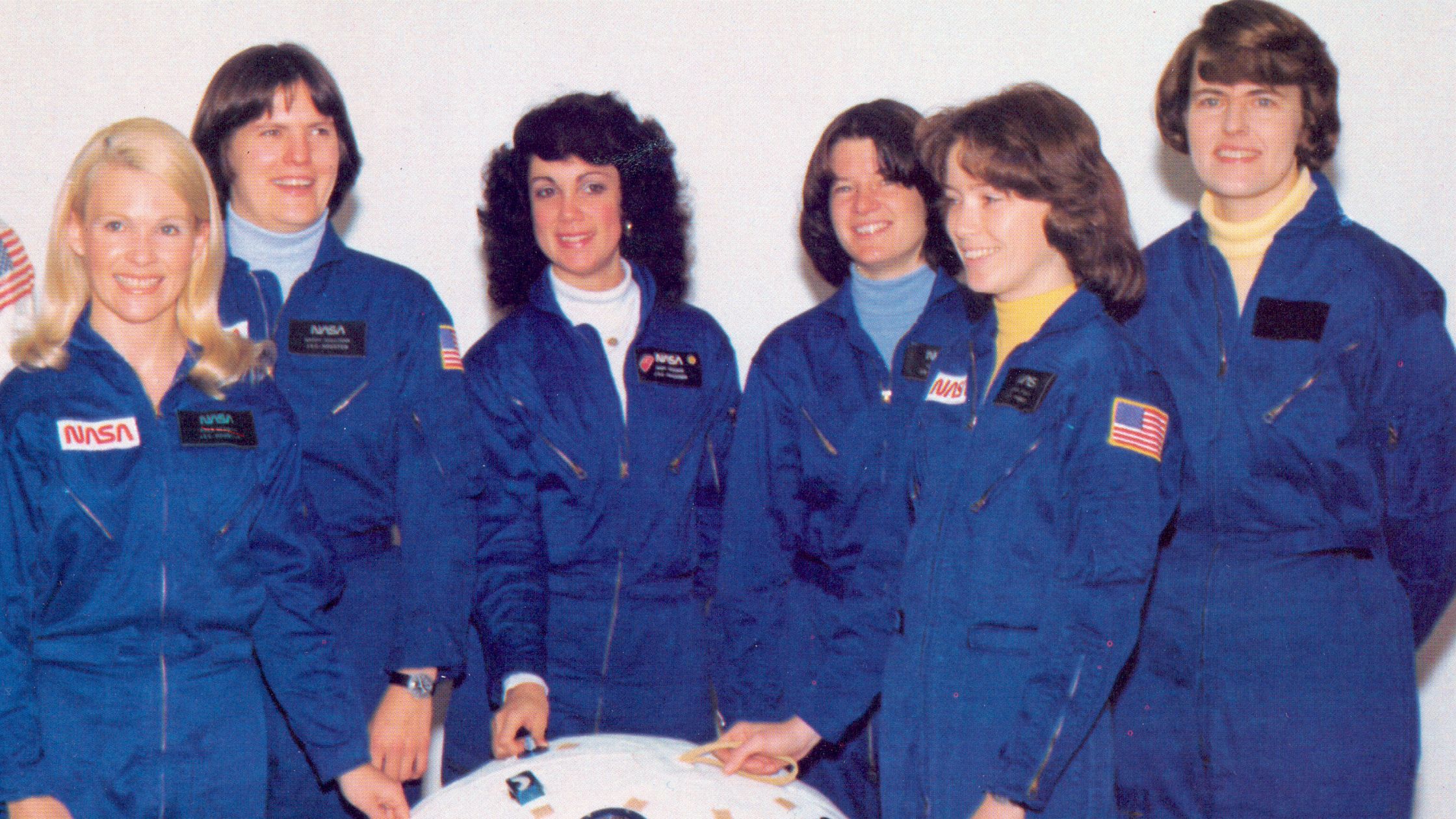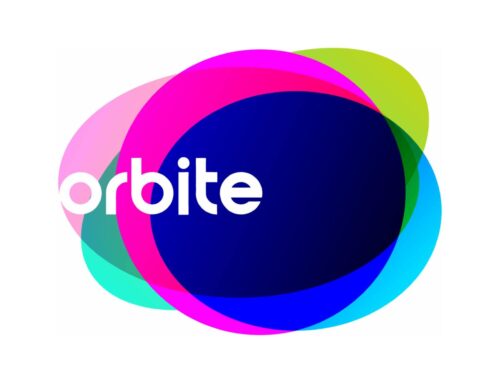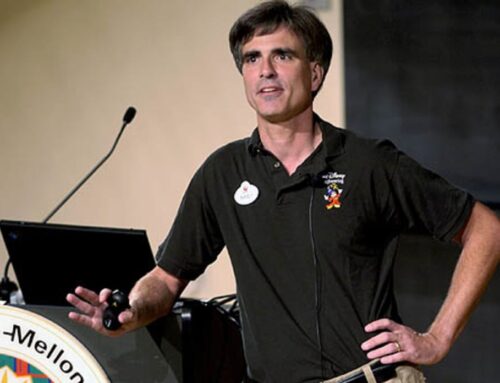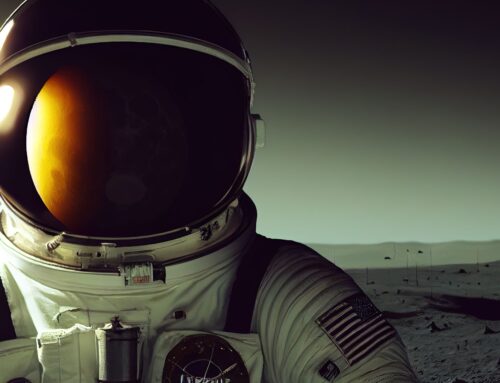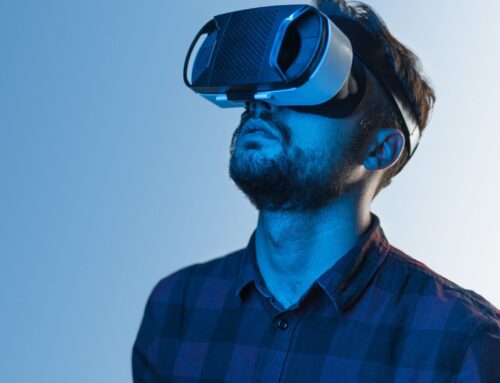Throughout its ambitious, storied history, the US space sector has been a barometer of progress – whether that pertains to pushing our intellectual limits, establishing new ideological horizons, or, perhaps most importantly, redefining long-standing societal norms for the better.
The latter is evident, in part, thanks to the historic accomplishments of “The Six,” the nation’s first group of female astronauts. Sally Ride, Judith Resnik, Anna Fisher, Kathryn Sullivan, Shannon Lucid, and Rhea Seddon broke down a critical barrier upon entering the otherwise male-dominated US astronaut program, opening long overdue professional pathways for aspiring female astronauts nationwide.
By the late 1970s, the burgeoning US space industry had already accomplished quite a lot. Ed White became the first American to walk in space; Surveyor 1 became the first American spacecraft to reach the moon; and, in 1969, Neil Armstrong and Buzz Aldrin took “one giant leap for mankind” in becoming the first humans to walk on the moon via Apollo 11. A glaring mutual quality among these breakthroughs, however, was that they were almost exclusively male-led, male-executed, and otherwise male-conceived. This fact stemmed from a general lack of diversity and equal opportunity within the space sector, which marred would-be astronauts of other genders, races, and backgrounds from even considering a career in the field.
In 1978, this tradition finally changed when NASA selected its eighth astronaut group. The class of 35 became known as the “Thirty-Five New Guys,” but, despite this male-centric moniker, it included Ride, Resnik, Fisher, Sullivan, Lucid, and Seddon: the first female astronaut selections in US history. Crucially, Astronaut Group 8 also featured the first astronauts of minority groups, including one Jewish American, three African Americans, and one Asian American.
Once acclimated to the astronaut program, The Six went on to spearhead their own series of significant industry contributions. These accomplishments include, but are not limited to, Ride’s participation in the 1983 STS-7 mission (the first space flight for an American woman), Sullivan’s 1984 space walk (another first for American women), Fisher’s involvement with the International Space Station (ISS) and Orion spacecraft, Lucid’s acceptance of the Congressional Space Medal of Honor, and Seddon’s research surrounding the bodily effects of microgravity. Resnik, an accomplished electrical engineer and the second American woman in space, made immense contributions to space-related technology and biomedical engineering before her tragic death in the Challenger disaster.
These feats not only helped further advance the space industry; they also paved the way for more women and marginalized groups to follow in their footsteps, empowering them to embrace opportunity and carve their niche in one of the nation’s most advanced, far-reaching sectors.
As the space industry continues to reach for unprecedented growth, The Six’s legacy remains an invaluable testament to forward-thinking, equity, and innovation for the field at large.

